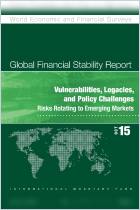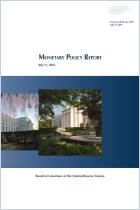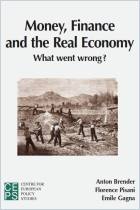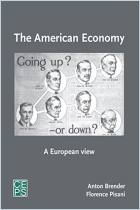
Read or listen offline
Amazon KindleRecommendation
Thanks to extraordinary central bank actions in the aftermath of the 2008 financial crisis, interest rates remain at historic lows. These “ultra-low” rates have played a major role in helping countries and companies recover from recessionary conditions. Low rates yield numerous benefits: Governments, corporations and individuals pay less to borrow; higher-yielding corners of the bond market, such as emerging markets, receive more attention from investors; and companies can expand and profit. But this picture will alter drastically when rates eventually rise, and those prepared for such an increase will be better able to weather the change. This accessible, well-documented report offers an overview of these unprecedented monetary policies and their possible consequences as they unwind. getAbstract recommends it to investors, consumers, executives and business owners who are concerned about higher interest rates on the horizon.
Summary
About the Author
The McKinsey Global Institute is the research arm of McKinsey & Company.

















Comment on this summary or Start Discussion